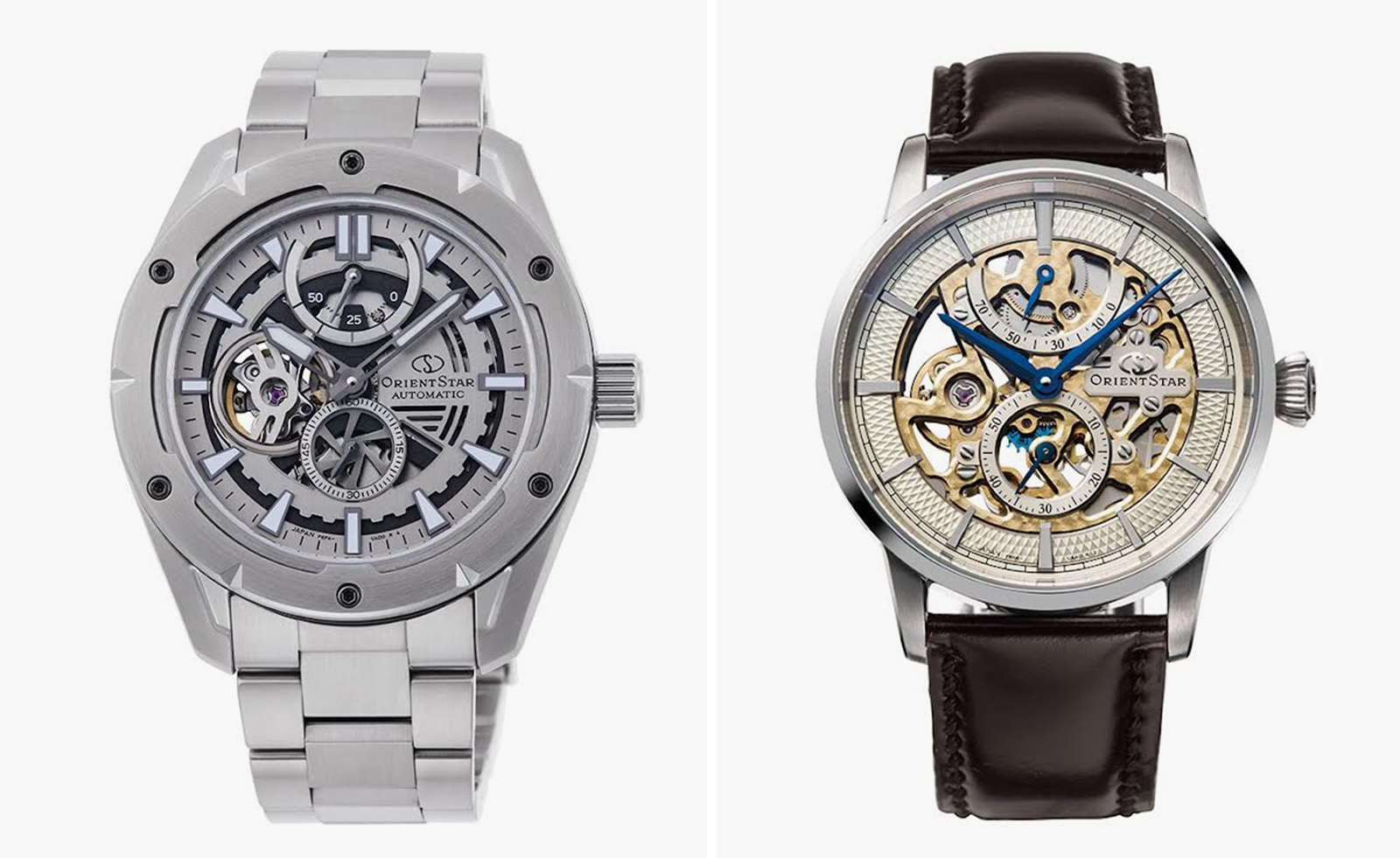Discover Orient Star, the Japanese watch brand ticking all the right boxes
Orient Star, founded in Japan in 1951, manufactures its mechanical timepieces in Akita prefecture

Orient Star could well be the most respected watch brand you have never heard of. It was founded in Japan in 1951, though its history dates back to 1901 when a certain Shogoro Yoshida opened a shop selling imported pocket watches in Tokyo’s historic Ueno district. By the 1970s the now Orient Watch Company under the brand name of Orient Star was, unlike its fellow Japanese watchmakers such as Seiko and Citizen, concentrating on producing mechanical timepieces with in-house movements rather than going down the quartz road. One reason for this was that in many of its overseas markets it could be difficult to obtain batteries at that point. Meanwhile, its sister brand Orient concentrated on more affordable pieces.
Orient Star, which today manufactures its mechanical timepieces in Akita prefecture, collaborated with the Seiko Epson Corporation for over two decades, accessing its precision parts processing. While most famous for its printers, Epson has been involved in the watchmaking business for the past 75 years, perhaps most famously in the creation of the first-ever quartz timepiece. The two companies officially merged in 2017, although Orient Star has always maintained its independence as a watch brand.
Since then the brand has hugely expanded its collections, including the Orient Star Skeleton launched in 2021, with its silicon escapement that was developed thanks to Epson’s expertise in manufacturing semi-conductors. Today it offers four distinct design families – Classic, Contemporary and Sports, as well as Revival that reimagines iconic archive pieces. It has won a reputation for its limited-edition richly coloured dials often inspired – appropriately enough – by nebulae, such as the M collections. The M stands for the Messier catalogue, which is a list of astronomical objects that was first compiled in 1774 by French astronomer Charles Messier. For example, the Orient Star M34 is named after the scientific listing for the Perseus star cluster, and the M45, named after the Pleiades constellation.
Its classic Skeleton and Semi-skeleton timepieces are perhaps its most distinctive models, complemented by complications including day-date and moon phase. In addition since 1964 it has built a reputation for its diving watches – the constantly evolving Diver 1964 remains one of its hero pieces. The latest iteration has a dial with a matt-green gradation inspired by Ryusendo, a northern Japanese limestone cave complex that has yet to be fully explored and boasts at least four underground lakes.
Wallpaper* Newsletter
Receive our daily digest of inspiration, escapism and design stories from around the world direct to your inbox.
-
 Marylebone restaurant Nina turns up the volume on Italian dining
Marylebone restaurant Nina turns up the volume on Italian diningAt Nina, don’t expect a view of the Amalfi Coast. Do expect pasta, leopard print and industrial chic
By Sofia de la Cruz
-
 Tour the wonderful homes of ‘Casa Mexicana’, an ode to residential architecture in Mexico
Tour the wonderful homes of ‘Casa Mexicana’, an ode to residential architecture in Mexico‘Casa Mexicana’ is a new book celebrating the country’s residential architecture, highlighting its influence across the world
By Ellie Stathaki
-
 Jonathan Anderson is heading to Dior Men
Jonathan Anderson is heading to Dior MenAfter months of speculation, it has been confirmed this morning that Jonathan Anderson, who left Loewe earlier this year, is the successor to Kim Jones at Dior Men
By Jack Moss